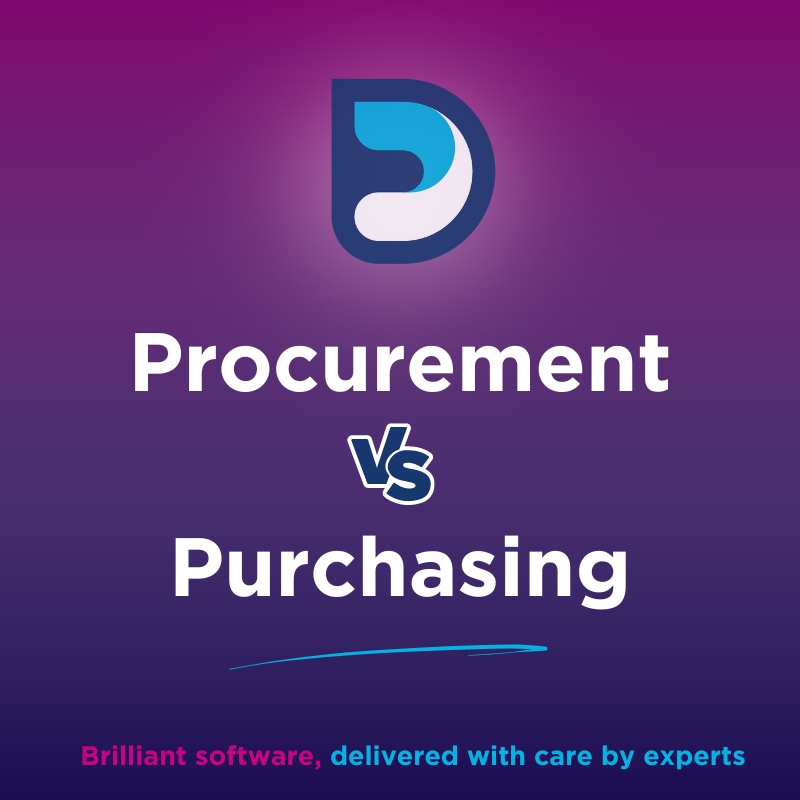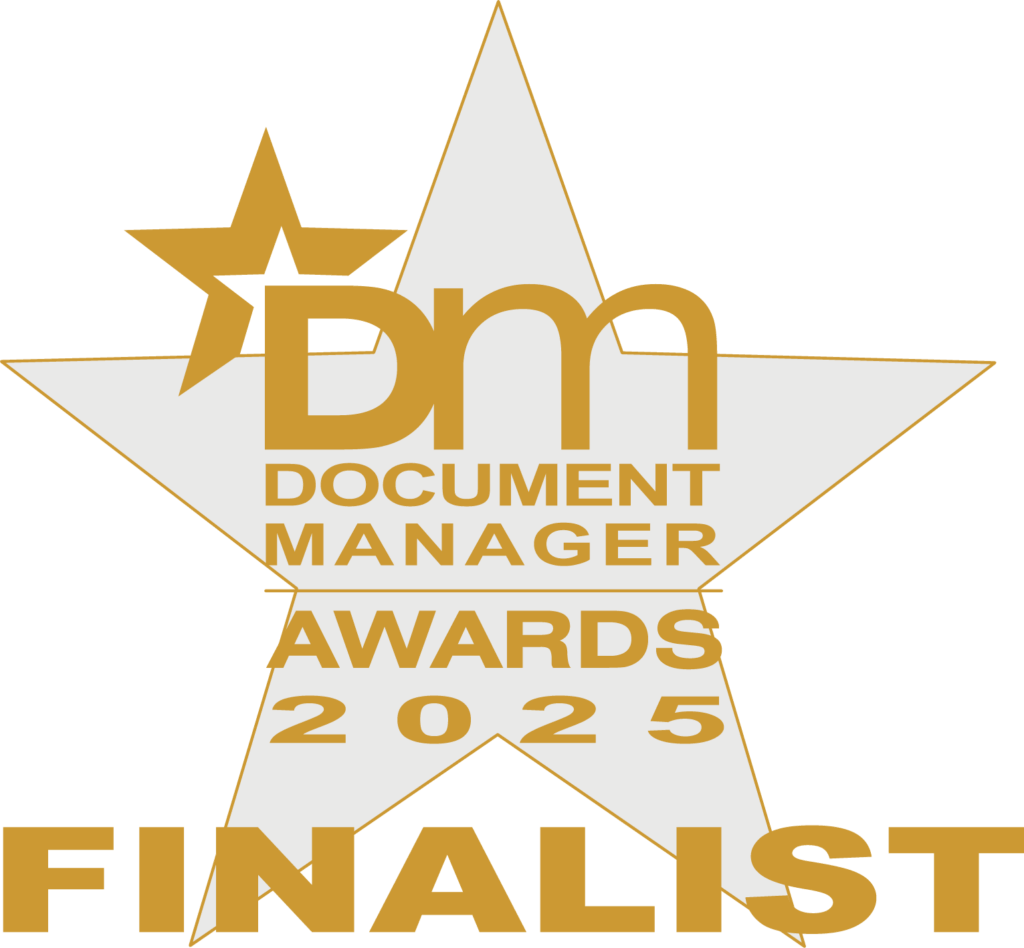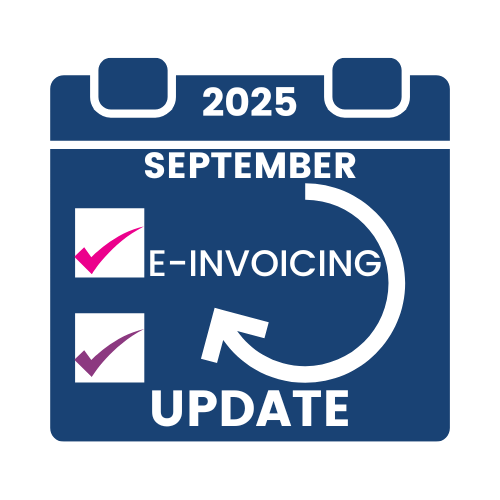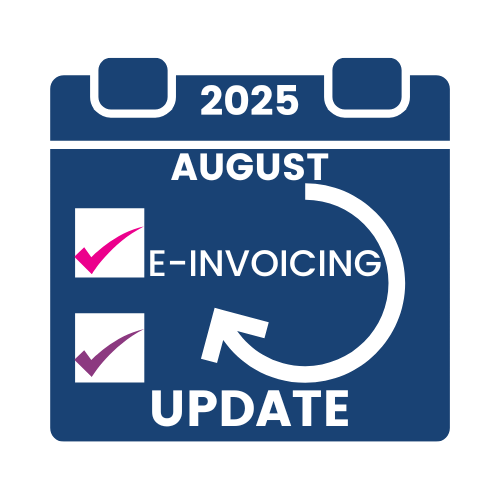Despite often being used interchangeably, procurement and purchasing encompass different scopes and processes. According to a survey by Deloitte, companies that optimise their procurement processes can reduce costs by 5-10%, underscoring the importance of a clear understanding of these functions.
This blog will help define the differences between procurement and purchasing within the context of business operations so that you can optimise your current processes.
What is the Difference Between Procurement and Purchasing?
Procurement and purchasing are integral components of a business’s supply chain management, yet they serve distinct roles. Below, you can find a break down of the procedural and functional differences between procurement and purchasing.
Strategic vs. Tactical
Procurement is a strategic function that involves long-term planning, supplier relationships and value creation. In contrast, purchasing is a tactical activity focused on the transactional aspect of acquiring goods and services. Procurement tends to be pro-active and purchasing is often triggered by an immediate need.
Scope of Activities
Procurement covers a broad spectrum of activities from identifying needs to contract management, whereas purchasing is limited to the ordering and payment process.
Value Addition
Procurement aims to add value to the organisation through strategic sourcing, negotiations, and supplier partnerships. Purchasing, however, is more about fulfilling immediate needs and ensuring the smooth flow of goods and services.
What is Procurement?
Procurement is the overarching process of identifying, selecting and acquiring the necessary goods and services essential for a company’s operations. This function extends beyond mere transactions, encompassing activities such as market research, vendor evaluation, contract negotiation and relationship management.
The goal of procurement is to secure the best possible terms and create long-term value for the organisation.
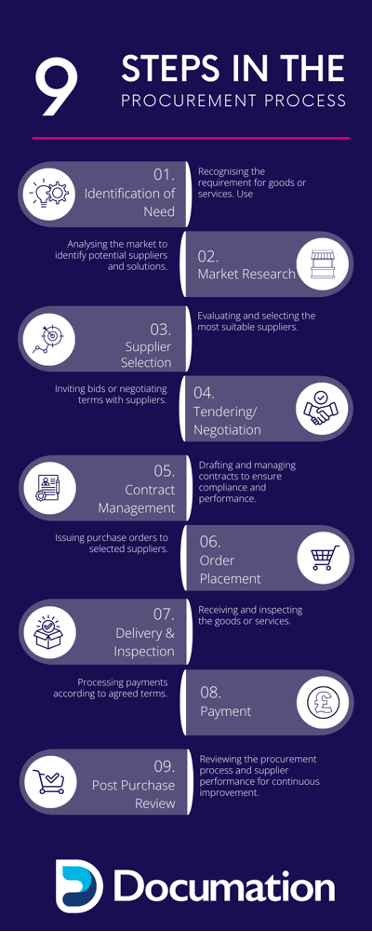
The Procurement Process Explained
The procurement process is comprehensive, typically involving the following steps – why not see our guide for the top 10 benefits of using a solid P2P process?
Identification of Need
Recognising the requirement for goods or services.
Market Research
Analysing the market to identify potential suppliers and solutions.
Supplier Selection
Evaluating and selecting the most suitable suppliers.
Tendering/Negotiation
Inviting bids or negotiating terms with suppliers.
Contract Management
Drafting and managing contracts to ensure compliance and performance.
Order Placement
Issuing purchase orders to selected suppliers.
Delivery and Inspection
Receiving and inspecting the goods or services.
Payment
Processing payments according to agreed terms.
Post-Purchase Review
Reviewing the procurement process and supplier performance for improvements.
What is Purchasing?
Purchasing refers to the process of ordering and acquiring goods and services. It involves the execution of the procurement plan and focuses on the actual transaction phase.
Purchasing ensures that the needed items are obtained timely and cost-effectively, adhering to the specifications and terms negotiated during the procurement phase.
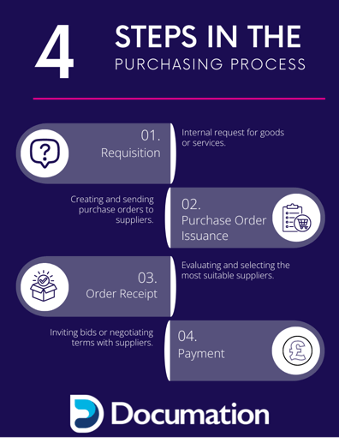
The Purchasing Process Explained
The purchasing process typically includes the following steps:
Requisition
Internal request for goods or services.
Purchase Order Issuance
Creating and sending purchase orders to suppliers.
Order Receipt
Receiving the goods or services and verifying them against the purchase order.
Payment
Processing the invoice and issuing payment to the supplier.
What About E-Procurement?
E-procurement integrates digital technologies to streamline and enhance traditional procurement and purchasing processes. It involves the use of electronic systems and platforms to automate and manage procurement activities efficiently.
Improved Efficiency
E-procurement systems significantly reduce the time and effort required for procurement activities by automating repetitive tasks and enabling real-time tracking.
Better Accuracy
Digital systems minimise human errors in order processing, ensuring greater accuracy in transactions and record-keeping.
Better Supplier Management
E-procurement platforms facilitate better communication and collaboration with suppliers, leading to improved relationships and performance.
Cost Savings
By optimising procurement processes, e-procurement helps in reducing operational costs and achieving better pricing from suppliers.
Automating Procurement and Purchasing Processes
Automation of procurement and purchasing processes offers substantial benefits, enhancing efficiency, accuracy, and overall productivity. Software solutions like Documation’s provide comprehensive tools to streamline these activities.
Advantages of Automation
- Efficiency – Automating repetitive tasks reduces manual effort and accelerates processes.
- Accuracy – Automated systems reduce errors and ensure consistency in data and transactions.
- Visibility – Real-time tracking and reporting enhance transparency and decision-making.
We offer robust solutions for automating procurement and purchasing processes and our software integrates seamlessly with existing systems, providing end-to-end management from requisition to payment. For more details on how Documation can benefit your business, explore our solutions and related articles.
